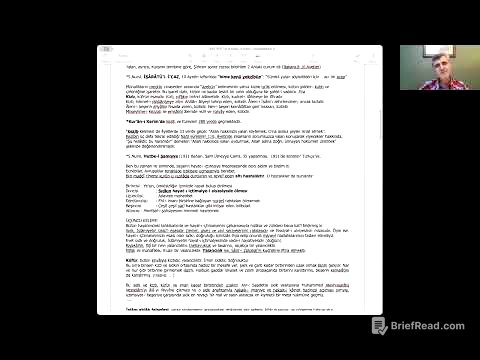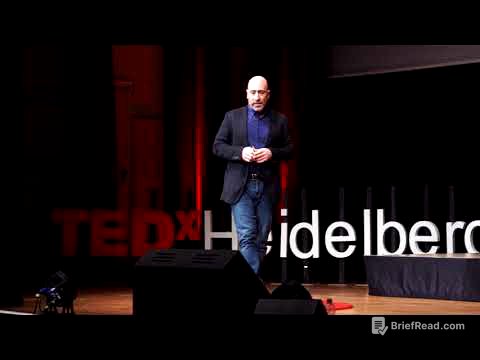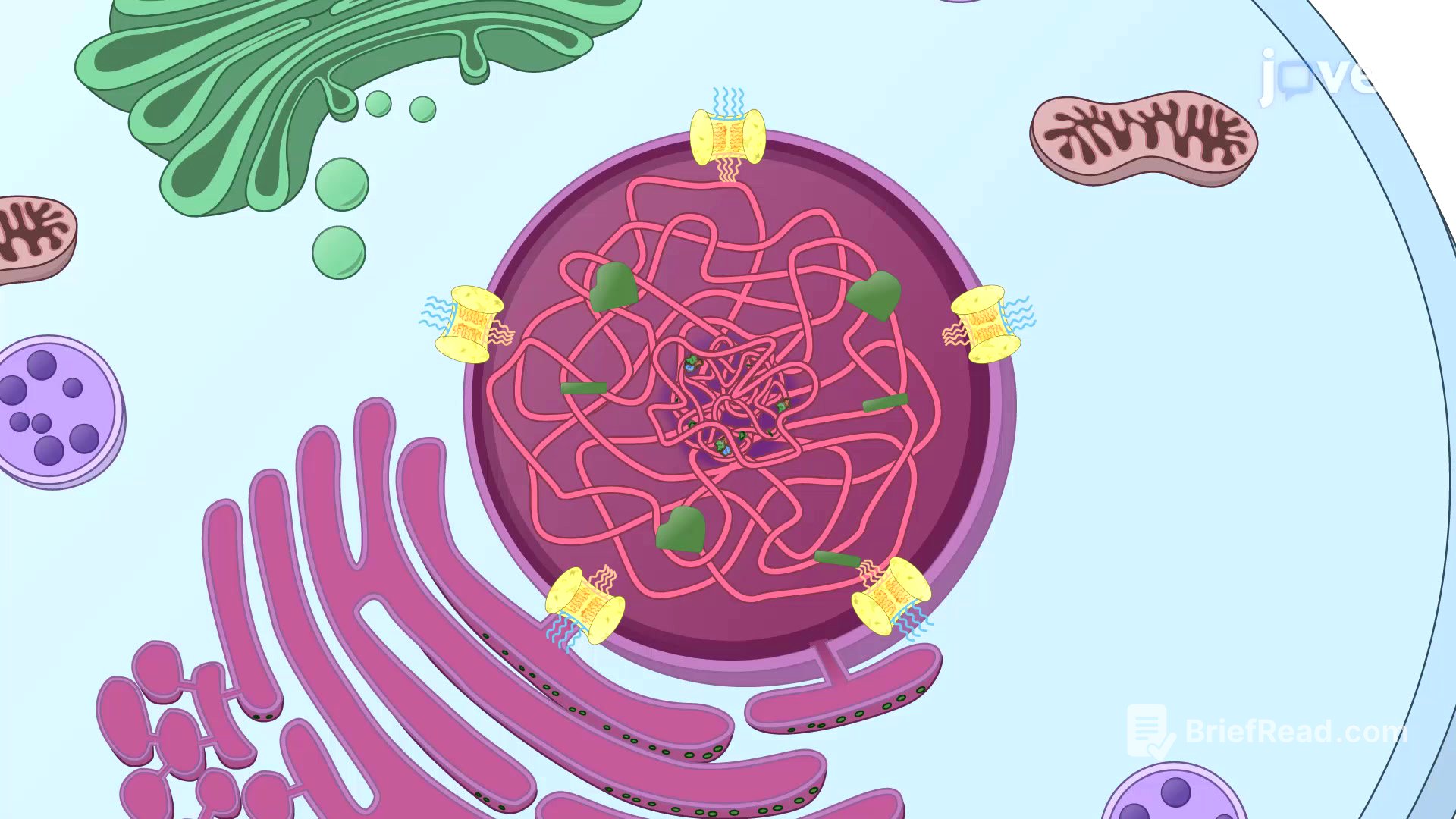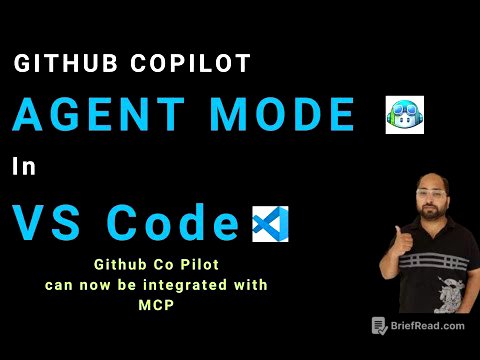TLDR;
This video addresses the question of whether cognitive restructuring is the most impactful component of Cognitive Behavioral Therapy (CBT). The speaker emphasizes the importance of case formulation and tailoring treatment approaches to the severity of the patient's depression. Behavioral activation is highlighted as a crucial initial step for severely depressed individuals, while cognitive restructuring and other techniques can be used for moderate cases. The video also touches on refocusing techniques for ruminators and the significance of reinvesting patients in activities that once brought them a sense of pleasure and mastery.
- Case formulation is essential for effective CBT.
- Behavioral activation is key for severely depressed patients.
- Refocusing techniques can help patients who are ruminating.
- Reinvesting patients in meaningful activities can break through depression.
Formulation and Behavioral Activation for Severe Depression [0:14]
The speaker underscores the importance of case formulation in CBT, particularly when dealing with depression. For severely depressed patients, initiating treatment with thought records is often ineffective. Instead, behavioral activation is recommended, involving collaborative scheduling and engagement to encourage the patient to follow through with activities. An illustrative example is shared about a patient who had been bedridden for months. The therapist engaged him in a simple experiment to test his belief that he was unable to be mobile. By guiding him through small steps like sitting up and standing, the patient experienced a sense of control over his body, leading to a powerful reversal effect.
Tailoring Techniques for Moderate Depression and Ruminators [3:38]
For moderate cases of depression, thought records and other techniques can be employed. However, if patients don't respond to thought records, an alternative approach involves getting them invested in something outside themselves, which is particularly useful for ruminators. Ruminators tend to focus inward, so refocusing techniques like "look point name" can be helpful. A more profound approach involves reinvesting them in activities that were once significant to them. The speaker shares an example of a doctor who was moderately depressed due to a lack of promotion and his wife returning to work. By encouraging the doctor to focus on the pleasure and sense of mastery he derived from helping his patients, he was able to break through his depression.
The Importance of Behavioral Activation as Cognitive Restructuring [6:11]
The speaker concludes by reiterating that while thought records and alternative explanations are powerful techniques, they are not the only options in CBT. Experience helps therapists discern what is most likely to work with a given patient. Cognitive restructuring may not be effective for severely depressed patients, and behavioral activation is necessary. Behavioral activation is a form of cognitive restructuring because by doing things, patients get a real physical sense of being able to be in control of their own body as it were, which has a very powerful reversal effect.









